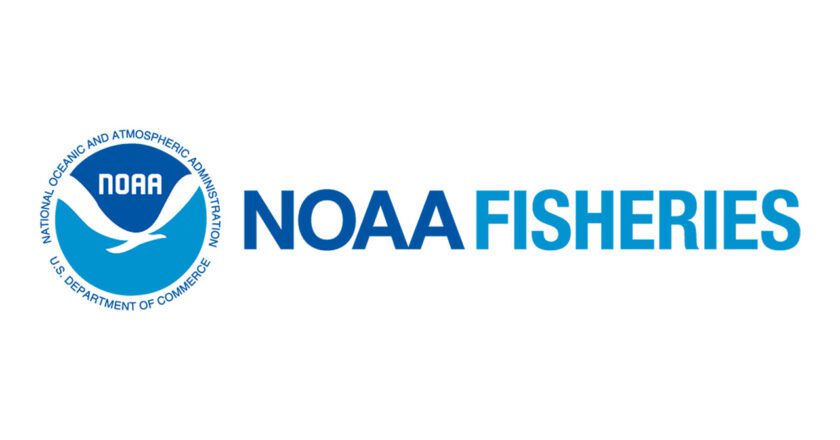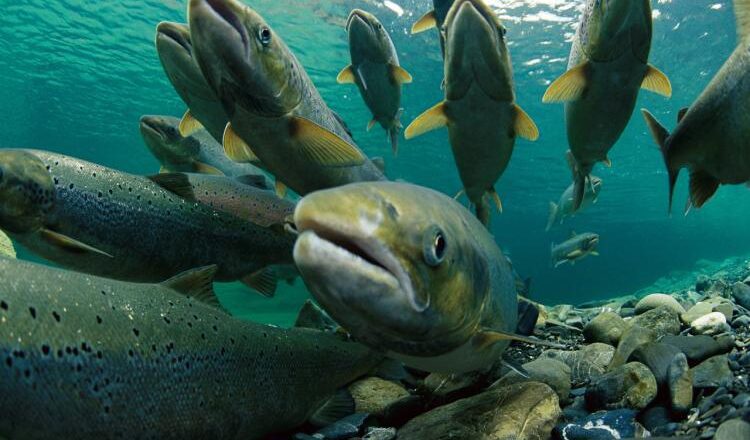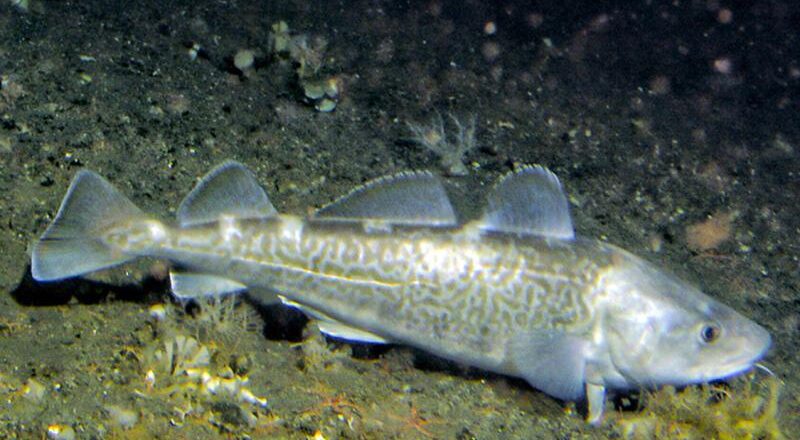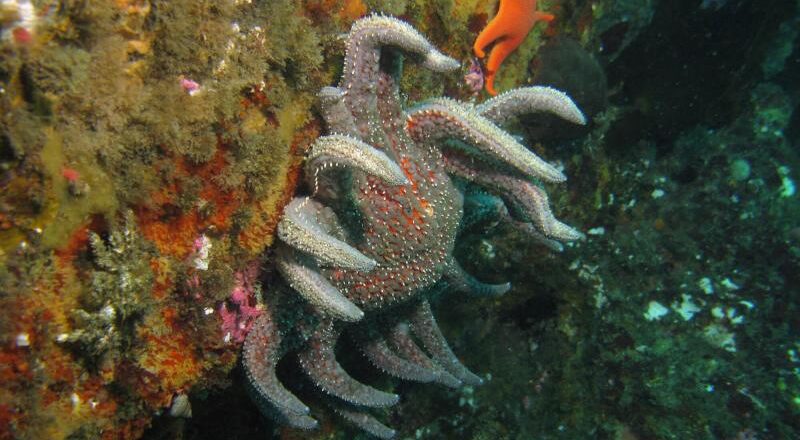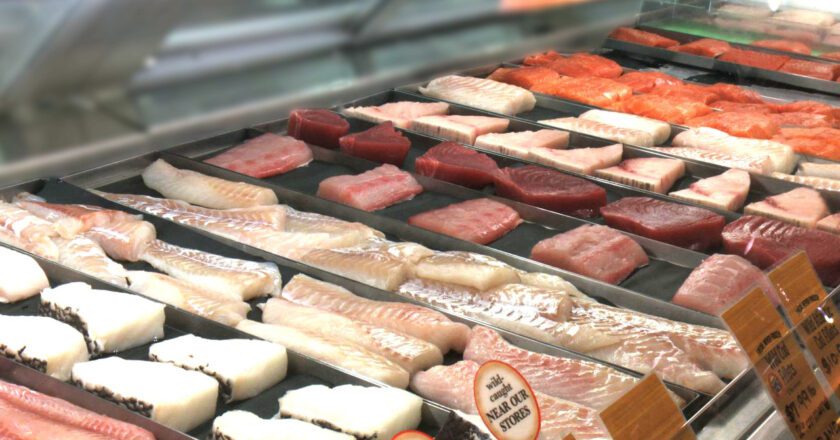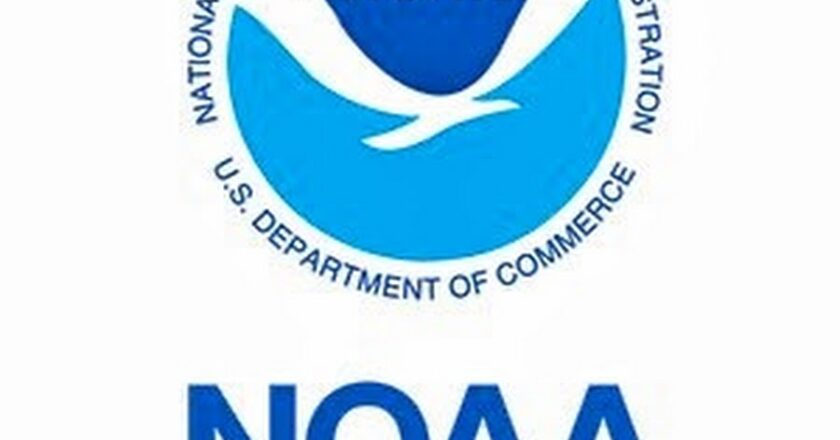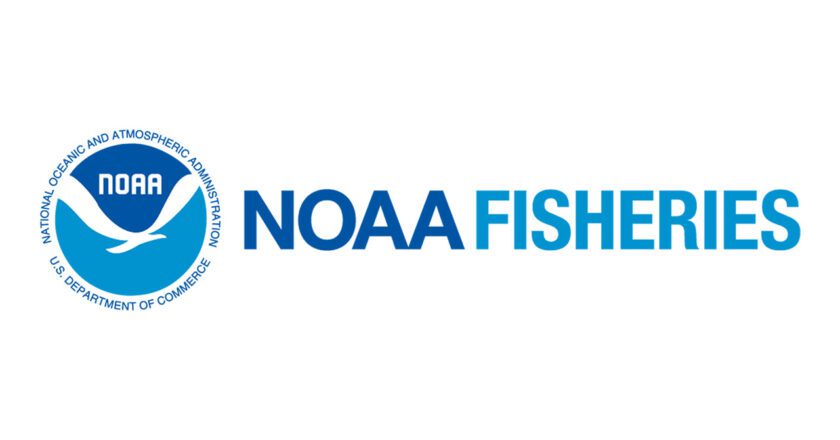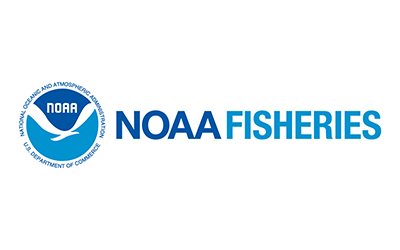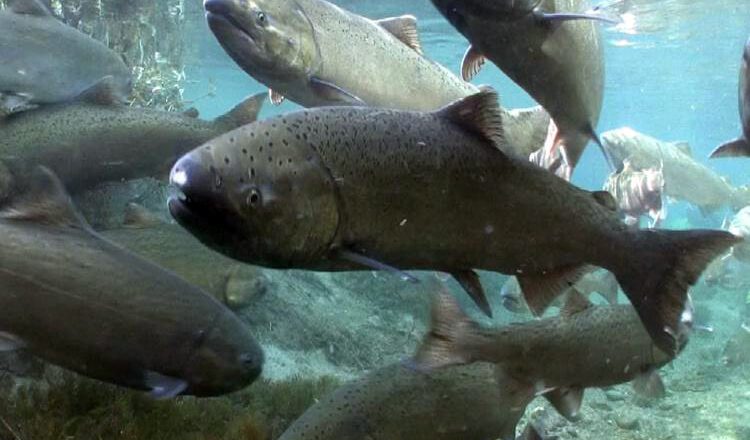NOAA Fisheries Analyzes Data on Incidental Catch of Killer Whales
NOAA Fisheries says the agency is analyzing data regarding 10 killer whales caught incidentally in nets of Bering Sea and Aleutian Island groundfish trawl fisheries required to carry two NOAA Fisheries observers.
In only one incident was the whale was released alive.
Regarding others, NOAA Fisheries officials said they are analyzing data to determine the cause of injury or death and determine which stocks these whales belong to through a review of genetic information.
The agency said its findings would be made public once all analyses are completed.
NOAA Fisheries is also reviewing information regarding a killer whale incidentally caught during the Alaska Fisheries Science Center’s longline survey for sablefish and groundfish this past summer.
On June 7, a dead orca was ...

